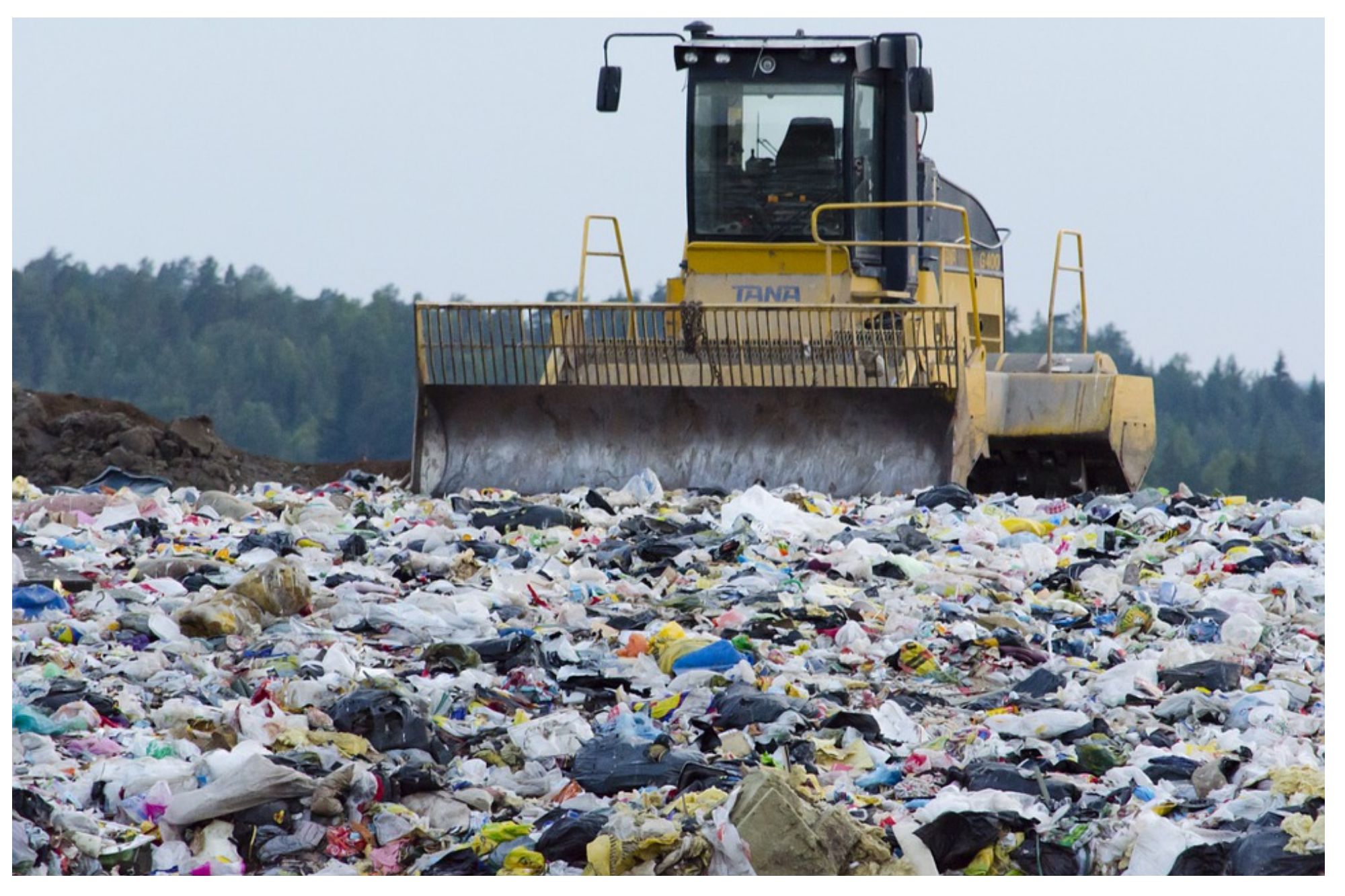The waste piles are exposed to the elements and the surrounding environment. They rarely have a scant covering, which frequently draws rodents or pests.
Open burning of these dumps occasionally results in the emission of smoke and harmful gases. In certain cases, there has also been sufficient heat generation to cause spontaneous combustion.
Landfilling
Landfills are specially designed locations for the compacting and depositing of solid waste. The trash is covered with soil to minimize environmental contamination, stop the spread of illness, and reduce odors.
To prevent air, groundwater, and soil contamination, landfills must adhere to strict architectural and regulatory standards.
Incineration
Waste degradation can yield valuable solid end products like compost, and its byproducts can also serve as a useful energy source. As previously stated, anaerobic digestion of garbage can produce biogas, which can be collected and used to generate electricity.
An alternative method of producing energy is to directly incinerate waste. Burning waste at extremely high temperatures is known as incineration, and it produces electrical energy.
Ash is a result of incineration that needs to be properly characterized before being disposed of or, in certain situations, beneficially repurposed.
The limited landfill space in developed nations has led to its widespread use.
Recycling
Recycling is great because it uses industrial processing to transform garbage into a new kind of useful product. Materials, including metal, glass, paper, and plastic, are frequently recycled.
Reusing rubbish rather than throwing it in landfills is better for the environment.
The costlier nature of processing technology is the only disadvantage.
Composting
This method involves the aerobic biological breakdown of organic waste in a controlled environment with pH, humidity, and temperature. The native microorganisms, known as thermophiles and mesophiles, convert organic materials into compost, a stable substance.
Composted soil has horticulture, agriculture, and landscaping applications and serves as a soil conditioner. Composting is a “batch” process since microorganisms are gradually involved in the breakdown process.
Compost is safe and environmentally beneficial.
Chemical-physical and biological treatment
The goal of biological and chemical-physical treatment is to make it possible to dispose of trash or remove impurities from it safely. Typical waste types managed in this manner include wastewater and contaminated excavated debris. Pollutants can be disposed of in concentrated form in facilities fit for this purpose after undergoing chemical and physical treatment.
Dumpsters are utilized on various vehicles to convey rubbish for all these tasks. Dumpsters come in different shapes and sizes
Types
The various kinds of dumpsters that are available.
Front Load Dumpsters
The standard size for a front-loading dumpster available for rental spans from two to eight cubic yards. This kind of dumpster rental is the best option for this purpose. The dump or garbage truck can insert its spikes into the slots on each side.
Rear Load Dumpsters
Dumpsters for rear loading also have a capacity of two to eight cubic yards. These dumpsters empty rubbish into a garbage truck using a winch and hinge mechanism.
Roll off Dumpsters
Roll-off containers are The biggest dumpsters you may get from a garbage management business. Typically, these dumpsters have a volume of 40 cubic yards. They are put onto a garbage truck with a robotic arm, a winch, and a metal sled.
